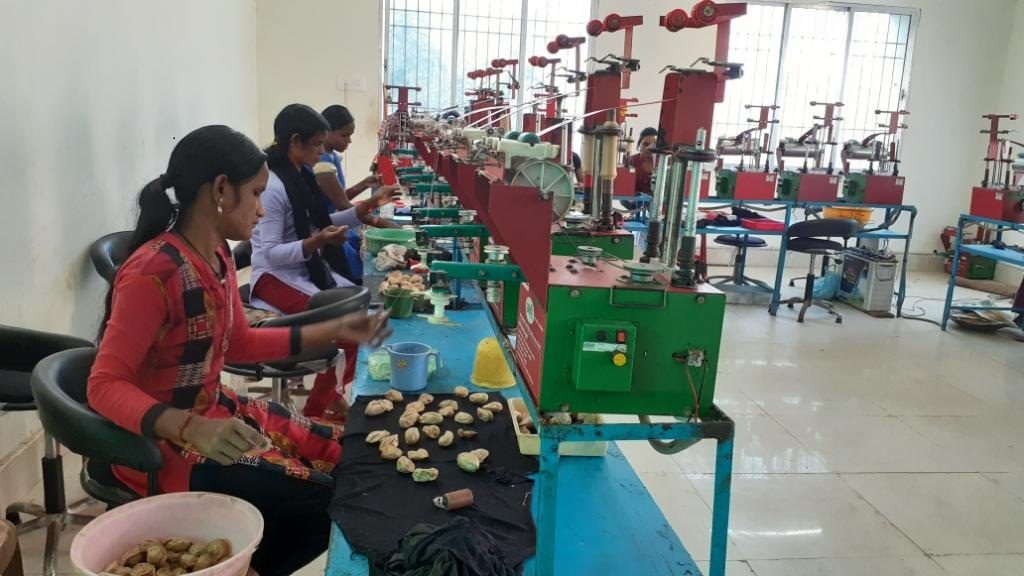London: A cautious approach to easing lockdown restrictions that reduces the risk of later lockdowns may be better for the global supply chain in the long run, say researchers.
The study, published in the journal Nature Human Behaviour, comprehensively assessed potential global supply chain effects of Covid-19 lockdowns, modelling the impact of lockdowns on 140 countries, including countries not directly affected by Covid-19.
“Our study shows the ripple effects caused by lockdowns along global supply chains, with countries not directly affected by Covid-19 still experiencing heavy economic losses,” Study lead author Dabo Guan from University College London (UK) and Tsinghua University, China.
The study found that stricter lockdowns imposed earlier – such as the two-month lockdown imposed in China – are economically preferable to more moderate lockdowns imposed for four or six months, as the duration of lockdown matters more to economies than their severity.
This is because businesses can absorb the shock of a brief lockdown better by relying on reserves and because shorter lockdowns cause less disruption to regional and global supply chains.
Researchers also found that countries not directly affected by Covid-19 may nonetheless experience large losses of more than 20 per cent of their GDP due to falls in consumer demand and bottlenecks in supply chains.
“Our research suggests that shorter, stricter lockdowns minimise the impact on supply chains, while gradually easing restrictions over the course of a year may also be less disruptive than a swift lifting of restrictions followed by another lockdown,” Guan said.
The researchers estimated that gradually easing lockdown measures over 12 months would minimise supply chain impacts compared to lifting restrictions more quickly, over two months, and then introducing a second round of lockdowns in January next year, which they estimated would increase the cost by one-third.
The study used a “disaster footprint” economic model to quantify the direct costs of lockdowns in terms of labour reduction as well as the cascading effects of loss of labour on the supply chain, simulating how constraints to output affect upstream suppliers as well as the firms to which the goods are being supplied.
Supply chain data was drawn from the Global Trade Analysis Project (GTAP) database, which divides the world into 141 economies, with 60 sectors within each economy.
Researchers simulated three kinds of lockdown: strict lockdown in which 80 per cent of travel and labour ceases; a more moderate lockdown with a 60 per cent reduction; a third, lighter lockdown with a 40 per cent reduction in travel and labour.
The strict, 80 per cent reduction is based roughly on China’s lockdown, during which data suggests 80 per cent of travel stopped, while the 60 per cent lockdown broadly reflects the approach taken in Europe and the US.
“Our analysis quantifies the global economic benefits of robust public health responses and suggests that economic justifications to re-open businesses could backfire if they result in another round of lockdowns,” said study co-author Steven Davis from the University of California, Irvine in the US.
(IANS)
